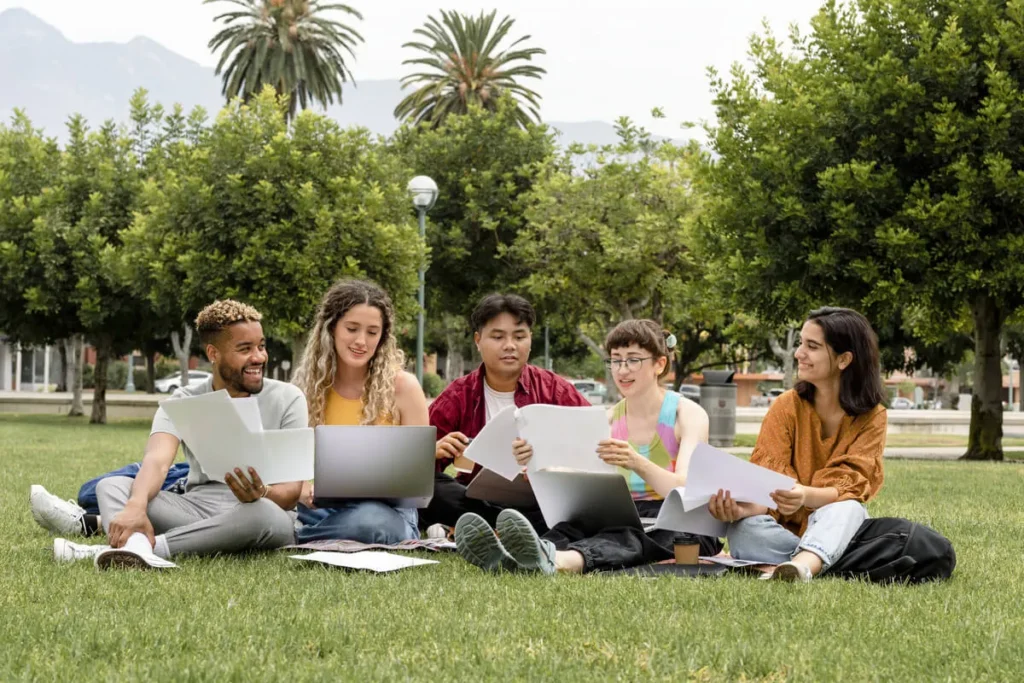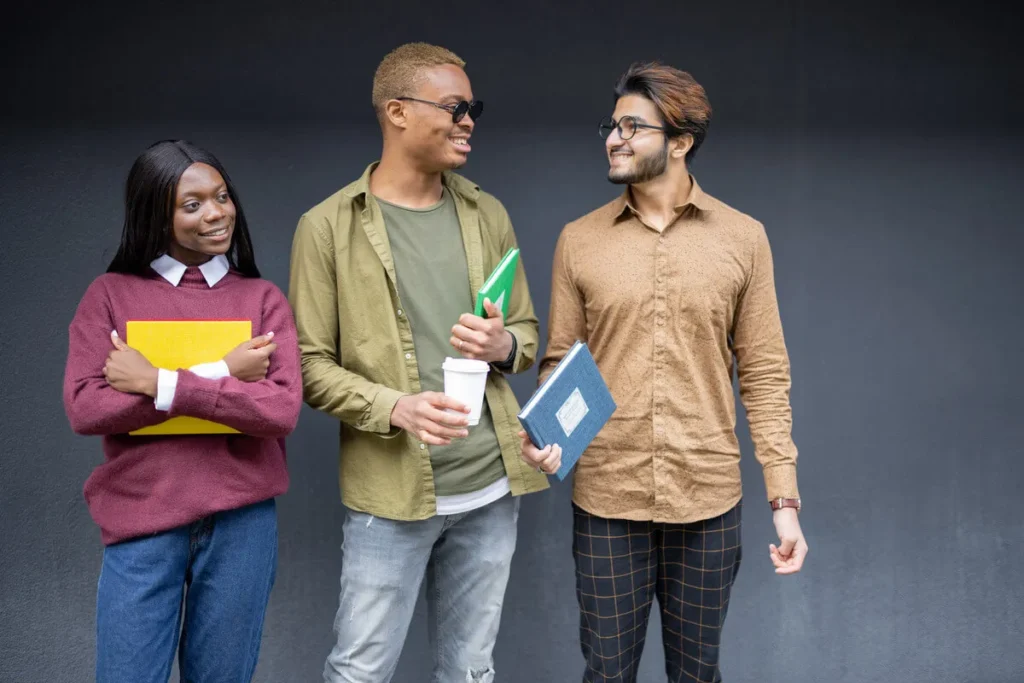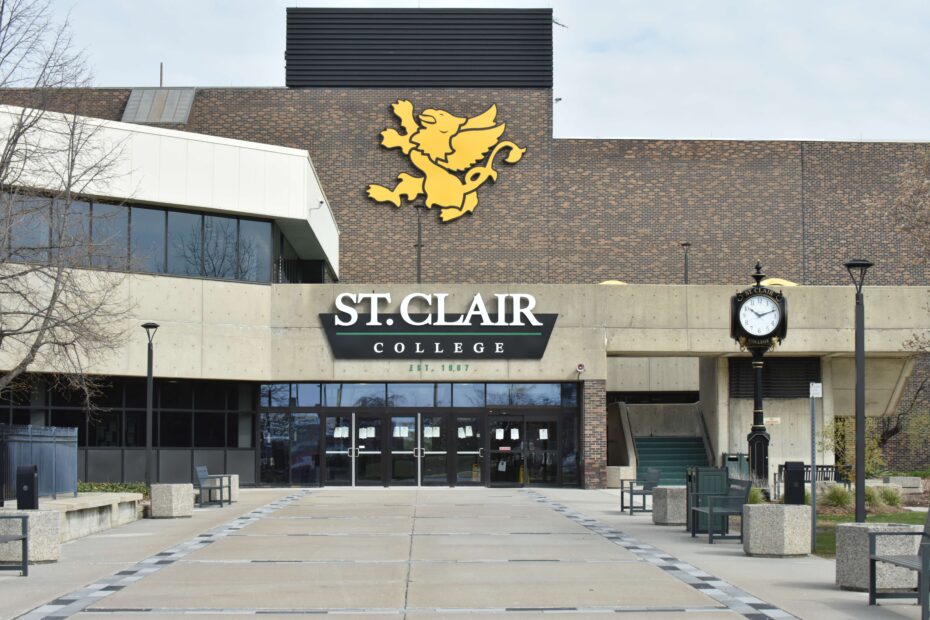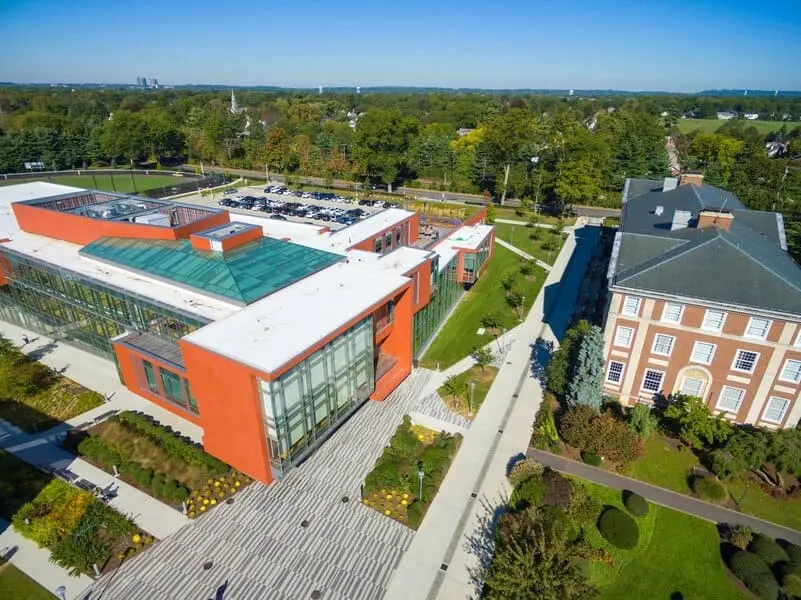Introduction
Many students willing to study in the US quit before they could get started. The reasons are many; the process is too long, too exhausting, and not many opportunities available on the table for all. And we are here to actually clear the air. In recent years the United States has taken several steps to streamline the visa application making it more accessible and user-friendly. However, you’ll still need professional assistance to prep you well in advance (let’s say, 3 – 5 months before your course is due to start…) Because with the right information and guidance, it can become a smooth and hassle-free experience.
Understanding the USA Visa Types
We get to hear this question a lot, more of a confusion we say, that how would one know which Visa is ideal to apply for. As an outsider you will need to obtain a visa for obvious reasons (for entry into the United States) the most regular visa categories in the US are as supposed:
a. F1 Visa
Firstly, it’s for a non-immigrant visa type that permits international students to study in the US but only after an accredited US institution accepts the application and gives admission. F1 visa is a popular one among all, and here are a few things to keep a note of:
- The period of your stay in the country entirely depends on the duration of your program
- The expiration date of the F1 visa can be confirmed from the 1-20 form provided by the student’s respective universities
- You are mandated to get your degree before the given visa expiration date
- After graduation, students with F1 visas can apply for Optional Practical Training (OPT)
- With OPT students can get a permit to work in their respective fields for up to 12 months in the US
- STEM graduates can apply for 2 additional years to work in their respective fields.
- If a student does not have any trainings or extensions in hand have to return to their home country within 60 days of graduation
F-1 Visa Requirements
- The university you are applying for has to be approved by SEVP Immigration & Customs Enforcement
- Full-time enrollment in the course
- English language proficiency
- Sufficient funding to survive the lifestyle in the USA
- Valid passport
- Certificate of Eligibility for Nonimmigrant (F-1) Student Status-For Academic and Language Students, Form I-20
b. The J-1 visa
J-1 visa is also known by different names, Exchange Visitor Visa, and J Student Visa to name a few. This visa is given to those who wish to study in the US, are willing to work in the USA, and for students in exchange-related programs approved by the Department of State Bureau of Educational and Cultural Affairs. The students usually fall under this umbrella because they are sponsored by educational institutes or by nonprofit organizations.
Students with J-1 students can work during the study but with an authorized work permit
The work permit is only upto part-time on campus for a maximum of 20 hours per week
The J-1 visa has around 15 categories of eligible roles and program types and here we present:
- Au Pair
- Camp Counselor
- College and University Student
- Secondary School Student
- Government Visitor
- International Visitor
- Physician
- Professor
- Research Scholar
- Short-Term Scholar
- Specialist
- Summer Work Travel
- Teacher
- Trainee
- Internships
J-1 Visa Requirements
- Sufficient funding to lead a lifestyle in the US during the stay
- At least 50% of the funds must come from the sponsor
- English language proficiency
- A valid insurance
- Get familiar with pre-arrival information and attend the orientation
- Valid passport
- Updated address
- Follow the J-1 Visa rules at all costs
- Certificate of Eligibility for Exchange Visitor (J-1) Status, Form DS-2019
C. M1 Visa
This visa is for students who are keen to enroll in vocational studies and non-academic courses in the US. Here are a few things to note:
- The institute to which the student is enrolling has to be SEVP-certified
- The funding for your stay in the USA can come from family, friends, or even from your self
- The work permits are similar to F-2 and J-2 visa students
- Students can work on campus for 6 months and the work permit would require Employment Authorization Document (EAD)
- Students can not change their program or transfer to a different institute within 6 months of starting the program
- The M-1 visa only permits one to work full-time once one completes the program
- Previously, the M-1 visa was issued 120 days before the start date of the course but recently in February 2023, the State Department in the US extended it to 365 days. You can enter the United States within 30 days of the start date of the course.
M1 Visa Requirements
- No age requirement when applying for an M-1 visa in the US
- Certificate of Eligibility for Nonimmigrant (M-1) Student Status for Vocational Students, Form I-20
- Bank statements to demonstrate your financial stability to survive in the US
- Valid passport
- English proficiency is a must
- The students should enroll in a full-time course
Now let us quickly get into the 5 step process of application:

1. Apply to a SEVP-approved institution
The US does not have a centralized university application system which is why international students need to apply to each university separately and meet the requirements accordingly. And in this process, the students must and should choose an institution and program accredited by the US government’s Student and Exchange Visitor Program (SEVP). Later when the student gets the acceptance letter, the university will enroll the student into the SEVIS system. Following that the students will receive Form I-20 stating that they are eligible for F or M visa or Form DS-2019 for an A visa. The SEVP manages all international students in the F and M visa categories.
2. Pay the SEVIS fee
- The SEVIS payment has to be made at least 3 days in advance of submitting your application for a Visa
- Visit the US Immigration and Customs Enforcement (ICE) SEVP website for filing the paper. You can take inputs from your I-20 or DS-2019 form
- The fee for I-901 is approx US$200 for both F and M visa holders and $180 for J visa holders
- Once you obtain the payment confirmation print/recipient you will need to provide this to the customs officer at your selected US Port of Entry and at your visa interview
- The payment recipient can be useful if you ever want to change your nonimmigrant status
3. Complete a US student visa application
Students can make an appointment with a US embassy for visa application as soon as they receive their SEVIS form and paid the fees.
Online visa application: DS-160
- Students have to complete the online visa application form DS-160 at all costs.
- The students have to make sure they have all the necessary documents and personal detail:
- Name and date of birth
- Address and phone number
- Passport details
- Details of travel plans, and travel companions
- Details of previous US travel
- Your point of contact in the US
- Family, work, and education details
- Security, background, and medical health information
- SEVIS ID and address of the US school/program you intend to enroll in (as printed on the I-20 or DS-2019 form)
- Attach the recent photo
- It is advised to the students to note the application ID at the top, as it would be needed further
- Answer the application form with the utmost right answers as it may mean rescheduling the whole interview appointment again
- Once the visa application is done, students need to electronically sign the DS-160 (click on the ‘Sign Application”)
- The students need to print the barcode number and application ID after submitting the application

4. Schedule and attend a US student visa interview
Here are a few things to perfectly prep for your visa interview:
- Pay the MRV fee and take the confirmation receipt
- Interview appointment letter in print
- A valid passport (for at least six months more than the duration of stay in the USA) and also take your old passports
- Signed SEVIS From I-20/DS-2019 and Form DS-7002 for J-1 visa trainee or internship applicants
- Take the SEVIS fee receipt
- The DS-160 application confirmation page with barcode and application ID number
- Read the photograph requirements and get 1-2 photographs
The following list of documents that you need to keep handy before the interview:
- Transcripts of your previous study
- Scorecards of TOEFL, LSAT, GRE, GMAT, etc.
- Bank statements with sufficient funds or financial sponsor proof to cover tuition fees, travel, and living expenses
Any derivative visa applicants will need to keep these documents handy:
- The principal applicant’s visa (F-1, M-1, J-1)
- Marriage and/or birth certificate for proof confirming the relationship
- A copy of the personal data page from the principal applicant’s passports
Attending the visa interview
This interview will decide everything. It’s very important to be early to the interview as late applicants may lead to rescheduling. And it so happens that the applicants with scheduled appointments are admitted to the US. This interview aims to determine if you are qualified to obtain a US student visa and which visa category would be ideal for you. You will also need to be prepared to answer questions about your country, English proficiency, academic excellence, your chosen program, and the sources of your funding.
Here are People Also Ask (PAA) :
1. What are the types of student visas available for studying in the USA?
Answer: The United States offers three primary student visa categories:
- F-1 Visa: For full-time academic studies at an accredited U.S. college or university.
- M-1 Visa: For vocational or non-academic studies.
- J-1 Visa: For participation in exchange programs, including high school and university studies.
2. What is the process for obtaining an F-1 student visa for the USA?
Answer: The process involves several steps:
- Acceptance by a SEVP-Certified School: Secure admission and receive a Form I-20.
- Pay the SEVIS Fee: Submit the Student and Exchange Visitor Information System fee.
- Complete the DS-160 Form: Fill out the Online Nonimmigrant Visa Application.
- Schedule and Attend a Visa Interview: At the U.S. embassy or consulate in your country.
- Provide Necessary Documentation: Including a valid passport, financial proof, and academic records.
3. What documents are required for a U.S. student visa application?
Answer: Essential documents include:
- Valid Passport: With a validity extending at least six months beyond your intended stay.
- Form I-20: Issued by your U.S. educational institution.
- DS-160 Confirmation Page: Proof of completed visa application.
- Visa Application Fee Receipt: Evidence of payment.
- Passport-Sized Photograph: Meeting U.S. visa photo requirements.
- Academic Transcripts and Test Scores: Such as TOEFL, IELTS, SAT, or GRE results.
- Proof of Financial Support: Demonstrating sufficient funds to cover tuition and living expenses.
4. How long does it take to process a U.S. student visa?
Answer: Processing times can vary, but it’s advisable to apply at least three months before your program start date. Visa interview appointment wait times and processing durations differ by country and consulate.
5. Can international students work while studying in the USA on an F-1 visa?
Answer: Yes, F-1 visa holders can work on-campus for up to 20 hours per week during academic sessions and full-time during scheduled breaks. Off-campus employment requires prior authorization through programs like Curricular Practical Training (CPT) or Optional Practical Training (OPT).
For a comprehensive guide on obtaining a U.S. student visa, visit University Hub.




